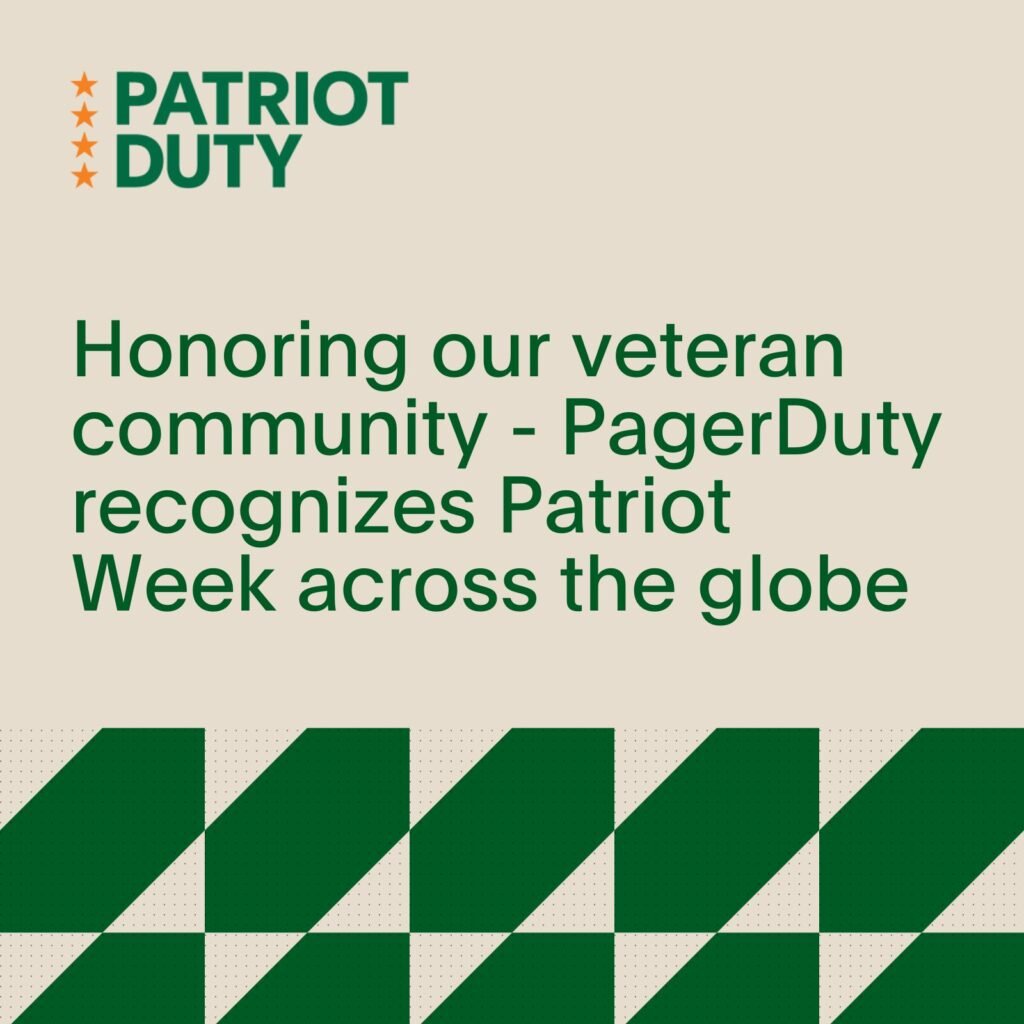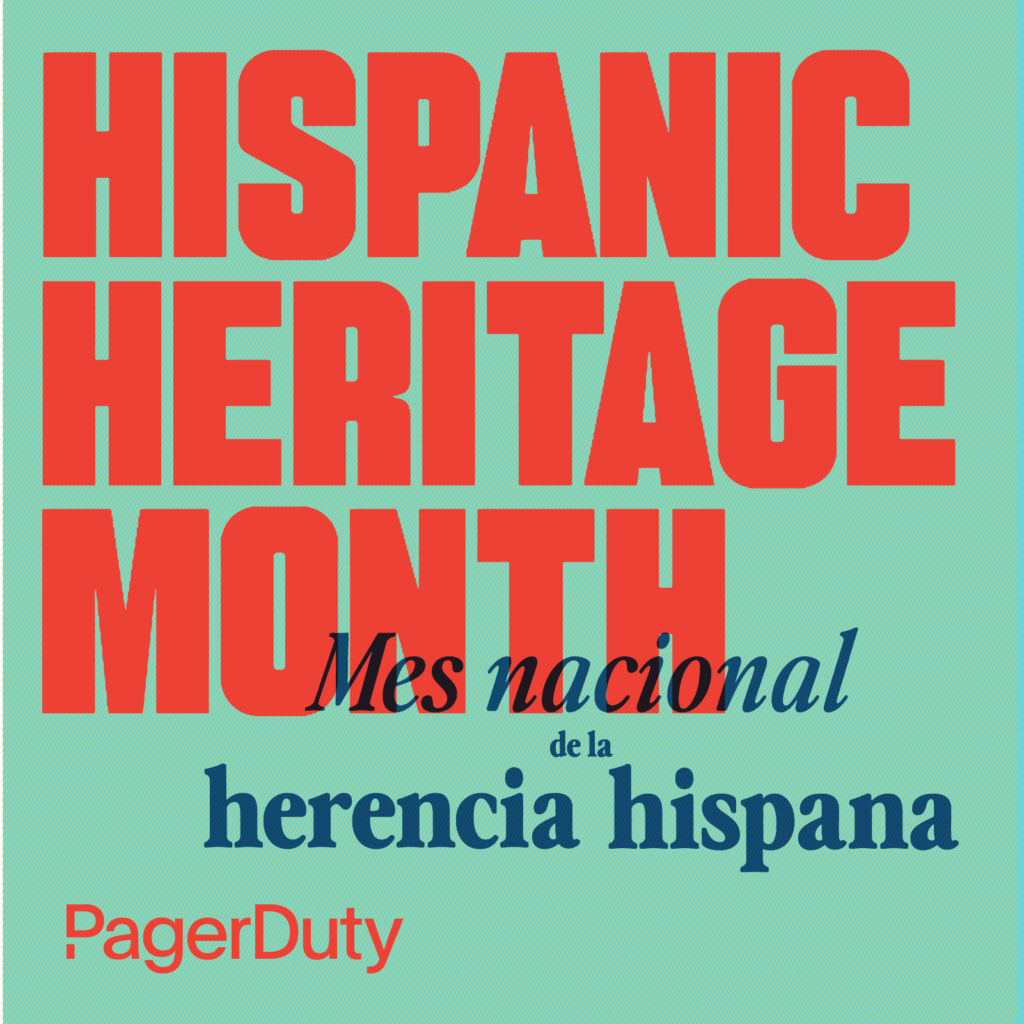Customer Devotion: How We’re Bringing OneDuty to Life
It’s been almost a year since the world changed overnight and industries across the world quickly adapted to living, working, and learning fully virtually. While the world seemed to stop in an instant, many businesses saw an increase in demand and new challenges. PagerDuty was no different.
A few months ago, I blogged about OneDuty, PagerDuty’s vision for reimagining the future of work. We’ve spent a lot of time thinking about what this means for us and our customers. We’ve been running experiments, surveying employees, and architecting how OneDuty will help us transform work. We’re looking at all aspects of how we work through a OneDuty lens—from how we make decisions, to how many meetings we have, and what our physical offices might look like. OneDuty is helping us work smarter so we can put our customers at the center of everything we do. We have defined what Customer Devotion looks like at PagerDuty, and are beginning to activate this mindset, practical tools, and rituals to help us deliver great outcomes for our customers.
Bringing OneDuty to Life
I know that many companies are on a similar journey right now. And it is a journey. Reimagining entire workplaces doesn’t happen overnight. PagerDuty is several months along this path now, so if you’re currently undertaking the same kind of transformation, I hope you’re inspired to read about how we’re bringing OneDuty to life for all Dutonians (PagerDuty employees).
Evolving PagerDuty’s workspaces to embrace distributed work.
- We’re re-thinking our approach to office space to shift the balance from a focus on individual workstations to more space for in-person collaboration, informal interactions, and social gatherings for both Dutonians and customers.
- We are implementing standard technology to enable seamless transitions between working at home and in the office.
- We are also focused on inclusion and employee well-being by building a culture that isn’t location specific, and gives equal opportunity to everyone—regardless of where they are working. For example, we’re designing new guidelines to ensure that everyone gets the same meeting experience and opportunity to attend important meetings, whether they are office-based, remote, or hybrid.
Changing the ways that we work with a “bias toward action.”
- We are implementing a RACI (Responsible, Accountable, Consulted, Informed) model and raising awareness about the importance of a clear RACI to improve the flow of information and ensure clarity of roles.
- By doing this, we will enable faster decision making and better time management (e.g. running fewer and shorter meetings)—all of which will speed up our response time to customers.
- We’re focused on delivering on customer outcomes and prioritizing the time and space to think about customer problems holistically. If we can identify their top priorities—with a focus on experimentation and risk-taking—we can take action to solve those problems.
Making sure that our behaviors match our values.
- One of our company values, “Champion the Customer,” is at the heart of everything we do. The behaviors that we’re driving though OneDuty—like ruthless prioritization and more risk taking—help us achieve this.
- We’re zeroing in on behaviors that are closely tied to how we live our values, like ruthless prioritization, quick decision making, risk taking, a bias towards action, and working back from the desired outcome.
Embedding Good Practices in Day-to-Day Work.
We know what “good” looks like, and we’ve already seen some great examples of OneDuty in action. In a Sales Team of seven, the RACI model has helped to clearly define the roles of each person to avoid confusion and ensure customers get the best experience. In our Engineering organization, one of our software engineers designed a new priority notification system in response to a customer request; he was able to do this quickly because he had prioritized time through a HackWeek for innovative thinking. The behaviors we’re driving through OneDuty also reduce and eliminate repetitive tasks. For example, one of our Security and Compliance team members spotted an opportunity to do this by automating an existing manual process on vendor risk reviews.
Many of these behaviors are not completely “new,” but what OneDuty does is standardize and prioritize them, and keeps them front and center for all our employees. By building on some of the foundations we already have in place, we can embed good and even better practices into everyday work. This will help us drive long-lasting, sustainable change at the organizational level and support our long-term growth and ability to scale.
As with any significant program of change, there will be challenges, but I’m confident that we’ll successfully evolve to work smarter as a distributed team. Be sure to check back soon for my next blog, where I will be able to share updates and stories about the difference OneDuty has made to our people and to our customers.


